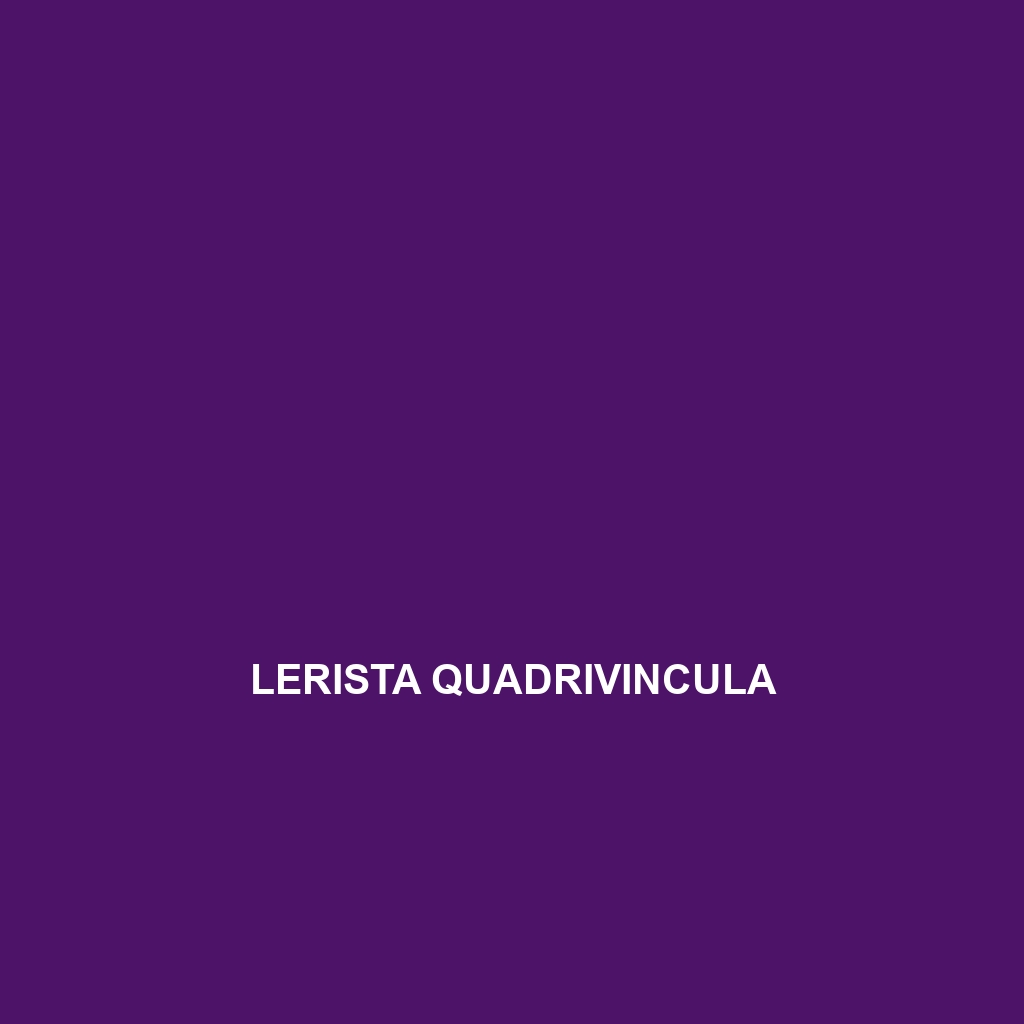Common Name
Lerista puncticauda
Scientific Name
Lerista puncticauda
Habitat
Lerista puncticauda, commonly known as the dot-tailed lerista, is primarily found in temperate forests and savannas across various regions of eastern Australia. This species thrives in environments that offer a mix of sandy soils and abundant vegetation, which provides essential cover and foraging opportunities. These habitats typically experience a subtropical climate with distinct wet and dry seasons, promoting a diverse ecosystem where Lerista puncticauda can flourish. The species exhibits adaptability, often residing in areas with varying moisture levels, which allows it to survive in both dry and humid conditions.
Physical Characteristics
Lerista puncticauda has distinct physical traits that facilitate its survival in its native habitat. Adults typically reach a length of about 10 to 20 centimeters. The body is elongated and slender, which aids in burrowing into the substrate. One of the most recognizable features of this species is its coloration; it often displays a light-brown or grayish hue with dark speckles that provide camouflage against the forest floor. The tail is notably pointed, which is where the name puncticauda originates, meaning “dot tail.” This specialized morphology enhances its ability to navigate through leaf litter and sand, making it a proficient forager.
Behavior
The behavior of Lerista puncticauda is predominantly characterized by its nocturnal habits. During the day, it often stays hidden beneath rocks, leaves, or underground, emerging at night to hunt for food. This shy reptile is not highly social; instead, it displays solitary behavior with minimal interaction except during the mating season. When threatened, the dot-tailed lerista is known to burrow swiftly into the ground, utilizing its streamlined body to evade predators. Mating rituals usually occur in early spring when males display courtship behaviors to attract females.
Diet
Lerista puncticauda is an insectivore, primarily feeding on a diet consisting of small insects and invertebrates. Its diet may include beetles, ants, termites, and various larvae, which are abundant in its woodland and savanna habitats. The feeding patterns typically involve foraging at night, using its keen sense of smell and sight to locate prey. The dot-tailed lerista plays an integral role in controlling insect populations, thereby contributing to the ecological balance within its habitat.
Reproduction
The reproductive cycle of Lerista puncticauda takes place in late spring to early summer. Males engage in elaborate courtship displays to attract females, which can include body movements and pheromone release. After successful mating, females lay eggs in moist, sheltered areas, ensuring the offspring are protected from environmental threats. The gestation period lasts approximately 6 to 8 weeks, after which the young emerge fully formed and ready to fend for themselves. Parental care is absent; however, the nesting behavior of females demonstrates an instinctive effort to provide a safe environment for the eggs.
Conservation Status
As of the latest assessments, Lerista puncticauda holds a conservation status of Least Concern according to the International Union for Conservation of Nature (IUCN). While not currently facing severe threats, habitat destruction due to urban development and agricultural expansion poses potential risks to its populations. Conservation efforts focus on habitat protection and research to monitor its population dynamics, ensuring that the dot-tailed lerista can continue to thrive in its natural environment.
Interesting Facts
One intriguing aspect of Lerista puncticauda is its ability to adapt to varying soil conditions, relying on its specialized limbs to dig effectively. This adaptation not only allows it to escape predators but also aids in finding food buried in the substrate. Additionally, the species is known to exhibit a fascinating behavior known as autotomy, where it can shed a portion of its tail when threatened, distracting predators and providing a critical escape opportunity.
Role in Ecosystem
Lerista puncticauda plays a vital ecological role within its habitat. As an insectivore, it aids in controlling insect populations, which can affect plant health and overall ecosystem dynamics. Furthermore, its burrowing activities contribute to soil aeration, enhancing nutrient cycling within the ecosystem. The species also serves as prey for larger predators, thereby forming an essential link in the food web. Its presence in the environment highlights the importance of maintaining balanced ecosystems and biodiversity.
This structured description provides a comprehensive overview of the species Lerista puncticauda, utilizing SEO-friendly language while maintaining factual accuracy and relevance.
